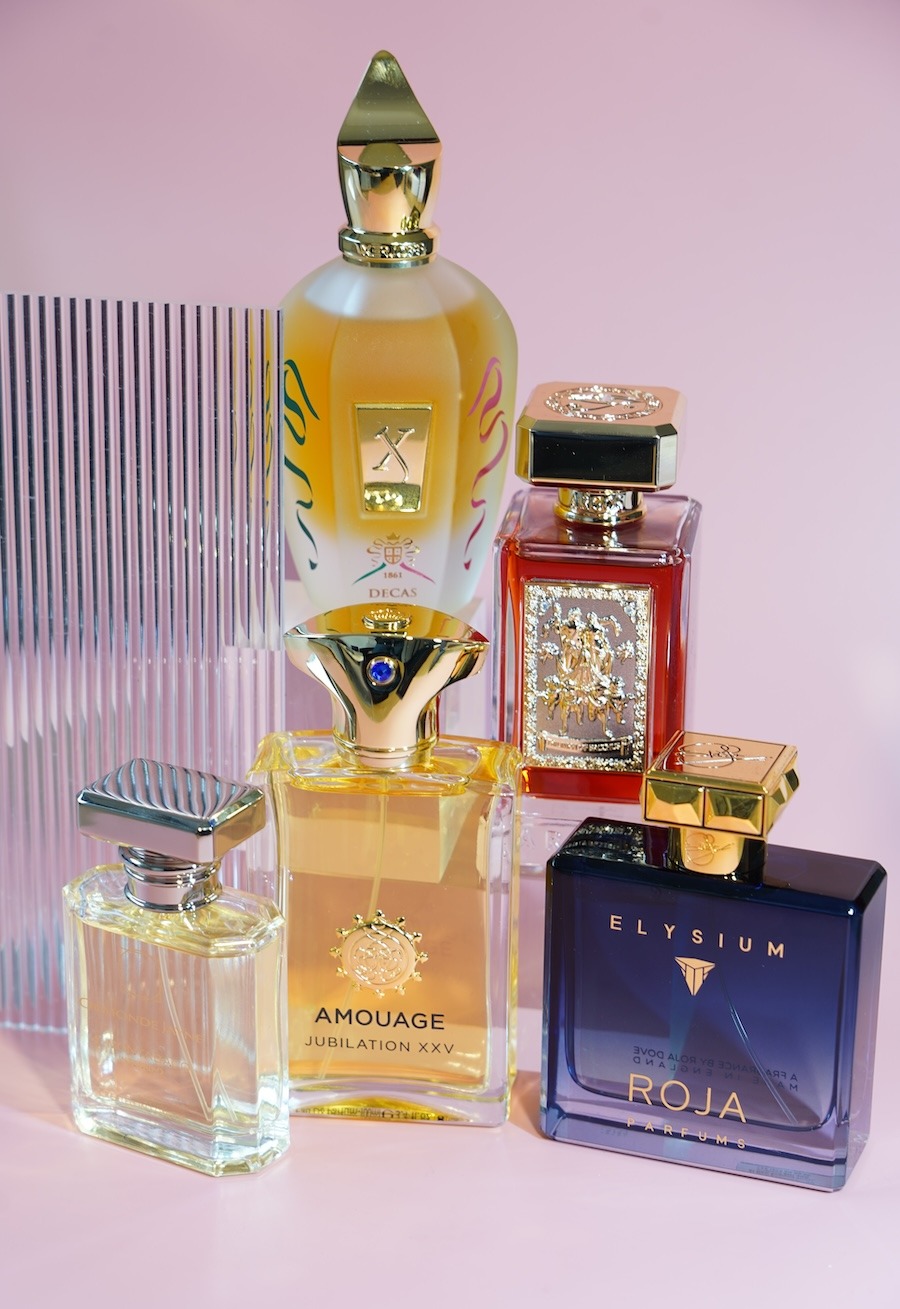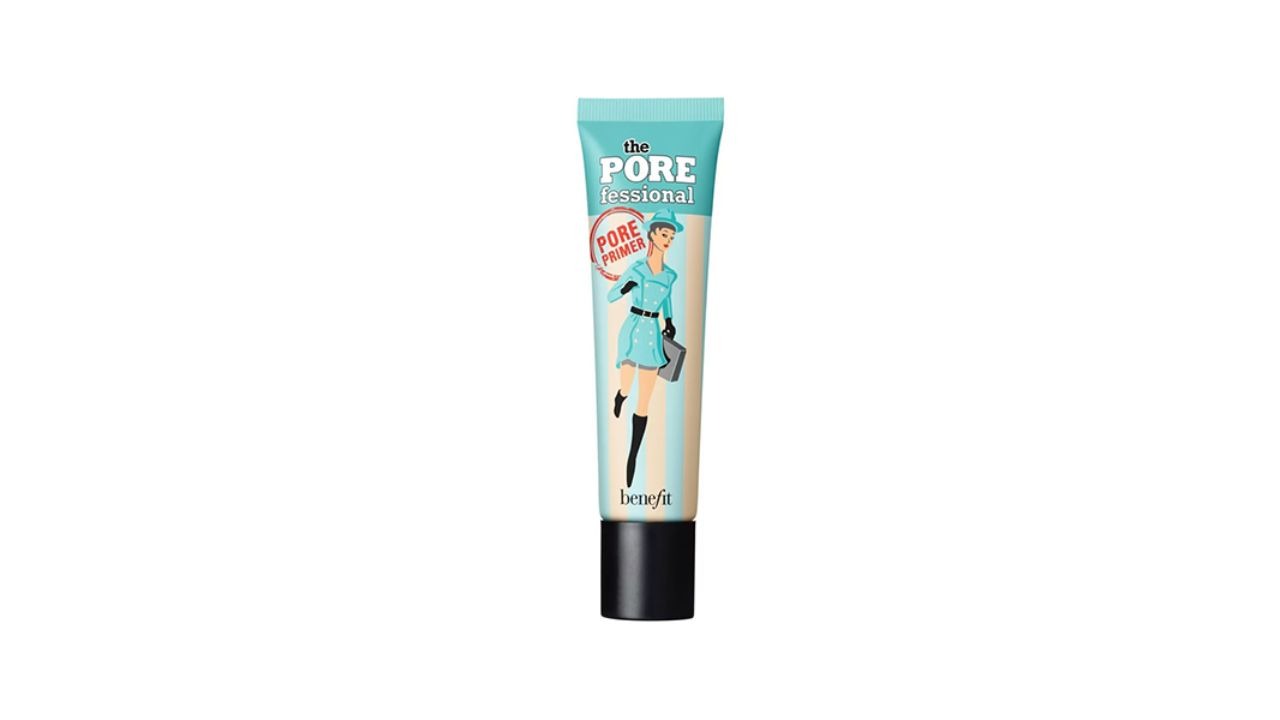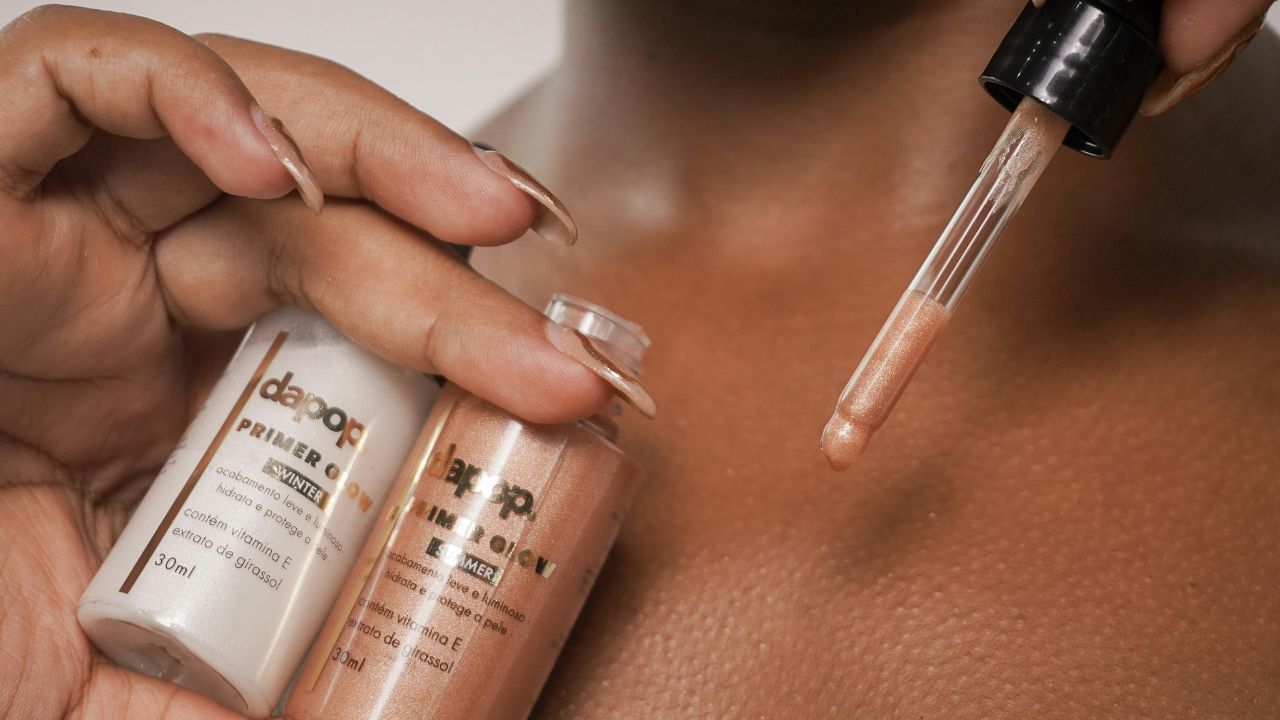What Is a Makeup Primer and How to Apply It? Your Blueprint for Flawless, Enduring Makeup
If you’ve ever wondered why your foundation doesn’t last all day or why your skin lacks that refined, airbrushed finish—friend, let’s solve that puzzle right now. The answer lies in understanding: what is a makeup primer and how to apply it? This isn’t just a trend; it’s the concealed tool that professional makeup artists and beauty enthusiasts rely on for that impeccable, enduring appearance. Think of it as the invisible adhesive that keeps your makeup set while giving your complexion an added boost.
Primers are far more than just a foundational layer—they can moisturize, diminish shine, smooth imperfections, or even adjust your skin’s tone. Whether you desire a delicate, fresh radiance or oil control that spans from morning coffee to late-night cocktails, a primer exists for you. But here’s the crucial point: knowing the correct way to apply it makes every distinction.
We’ll explain everything thoroughly, so you never have to deal with uneven, flaking makeup again.
3 FREE Perfume Samples
We’ve recently created a Whatsapp group for beauty enthusiasts like you! To grow this community we temporarily offer 3 free perfume samples when you join!
Make sure to join asap, we’re running out of free samples soon! After joining, you can place an order and claim the random free samples.

What Exactly Does a Makeup Primer Do? Understanding Its Purpose
A primer builds an ideal canvas for your cosmetics. It refines your complexion, evens out texture, and helps foundation remain fixed for many hours. Some even offer dermal advantages, such as hydration, sun protection, or anti-aging properties. Essentially, it’s like a beauty filter in a bottle!
At its core, a primer creates a very thin, often invisible, barrier between your skin and your makeup. This barrier is formulated to:
- Create Adhesion: It gives your liquid or cream makeup something specific to “grip” onto, preventing it from slipping or migrating throughout the day.
- Bridge Gaps & Fill Texture: Many primers contain silicones or other polymers that temporarily fill in fine lines, enlarged pores, and minor textural irregularities, providing a smoother surface.
- Control Skin’s Behavior: Different primer formulations interact with your skin’s natural oils or moisture levels to either absorb excess oil, add hydration, or create a luminosity, depending on your needs.
Depending on the formula, primers can also:
- Keep oily skin in check with a shine-free look.
- Provide an additional burst of moisture for parched skin.
- Lessen the visibility of pores and fine lines.
- Brighten dull skin with an inner luminosity.
- Correct ruddiness or discoloration with tint-adjusting pigments.
And the finest part? You can wear it solo for a naturally smooth, no-makeup visage, or layer it under foundation for an exceptionally polished outcome.
Navigating the Landscape: Types of Makeup Primers for Every Need
Not all primers are fashioned equally, so let’s discuss which one is most suitable for your dermal type and cosmetic aspirations. Choosing the optimal primer depends not just on your skin, but also on the finish you seek and the climate you’re in.

Mattifying Primer
Perfect for oily skin, this variety absorbs excess sebum and helps foundation stay pristine without melting by midday. Seek these out if you experience shine in your T-zone.
Hydrating Primer
Splendid for dry skin, these primers lock in moisture and forge a yielding, full base. They’re also beneficial in dry climates or during winter months.
Blurring Primer
If you have texture, small lines, or expanded pores, a blurring primer softens everything for a velvety finish. These are often silicone-based for that refined glide.
Color-Correcting Primer
These appear in various hues—verdant neutralizes flushing, amethyst enhances lackluster skin, and coral cancels out shadowed zones or hyperpigmentation. Use these strategically on targeted areas, not typically all over the complexion.
Illuminating Primer
Crave a dewy, internal glow? This one adds sparkle before you even grasp your highlighter. Superb for a radiant finish under a light foundation or alone for a glistening effect.
Eyeshadow & Mascara Primer
Don’t overlook your gaze! These primers prevent creasing, smudging, and fading throughout the day. A dedicated eye primer is crucial for vibrant eyeshadow that stays put.
How to Apply Primer Like a Professional: Seamless Steps for Lasting Results
Now that you’re familiar with the correct primer for you, let’s talk application. Here’s how to apply it the proper way for a seamless, enduring look.
Step 1: Begin With Moisturizer
Primer is not a substitute for skin regimen! Always start with a top-notch moisturizer to keep your skin hydrated and supple. Give it a moment to absorb before moving on to primer. Think of it as preparing a healthy foundation for the primer to adhere to.
Step 2: Apply the Accurate Amount
Moderation is key—truly. A minuscule, pea-sized portion is all you require for your entire face. Applying too much can cause your makeup to migrate instead of adhering. An excessive amount can also lead to pilling or a patchy appearance.
Step 3: Blend It In
Use your fingertips to gently press the primer into your skin. The warmth of your hands helps it meld better. If you prefer, a moist beauty sponge works just as well. Focus on areas where you typically experience makeup issues like creasing or oiliness.
Step 4: Let It Set
Allow your primer a minute or two to settle before putting on foundation. This helps it grip your makeup more effectively for all-day wear. This brief waiting period allows the primer to form its optimal barrier.
Pro Makeup Primer Hacks You Need to Try
Want to elevate your primer prowess? Try these inventive maneuvers to get the most out of your product:
- Blend with foundation: Integrate a minuscule amount of primer into your foundation for a smoother application and extended wear. This creates a custom tinted primer that’s exceptionally light.
- Use on your brows: A touch of primer on your brows before applying product helps keep them fixed all day. It acts as an undetectable wax for stray hairs.
- Clean up errors: Dab a cotton swab with primer to erase eyeliner or lipstick mishaps without spoiling the rest of your cosmetic application. It provides a gentle yet effective eraser.
- Transform powder eyeshadow into cream: Mix a bit of primer with powder eyeshadow to forge a smooth, lasting formula. This creates a vibrant, crease-resistant shadow.
- Refresh midday makeup: If your makeup looks a little weary, lightly dab a tiny amount of hydrating or blurring primer over it. It can instantly refresh your appearance without adding more foundation.
Common Primer Pitfalls to Avoid
Even with the best intentions, some common missteps can hinder your primer’s performance. Be mindful of these:
- Skipping Skincare: Primer isn’t a replacement for a clean, moisturized base. Applying primer to dry or un-prepped skin can lead to patchiness.
- Using Too Much Product: As mentioned, a pea-sized amount is generally sufficient. Over-applying can cause your makeup to slide or pill.
- Not Letting It Set: Rushing to apply foundation before your primer has settled can prevent it from forming its protective layer, negating its benefits.
- Choosing the Wrong Primer: Using a hydrating primer on oily skin, or a mattifying one on dry skin, will lead to disappointing results. Always match the primer to your skin’s precise needs.
- Incompatible Formulas: While less common now, ensure your primer (silicone-based) and foundation (water-based) are compatible. Mixing different bases can lead to separation.
Ultimately, a superior primer means fewer touch-ups and heightened self-assurance. And genuinely, who doesn’t desire that? By selecting the right formula for your unique skin and applying it with precision, you’re not just enhancing your makeup; you’re investing in a flawless, enduring look that truly empowers you.
Now go forth and conquer that cosmetic routine with complete confidence!

Tbh, I don’t use a primer before putting on my makeup haha. I think this is more of a preference? But definitely, if you want your makeup to last long on your face, especially during events or long days, using a primer makes all the difference.